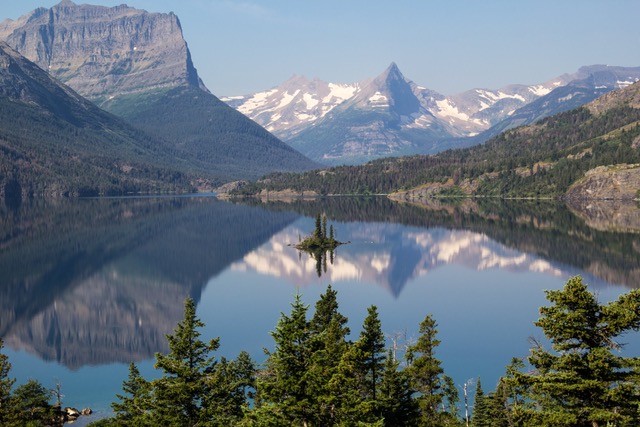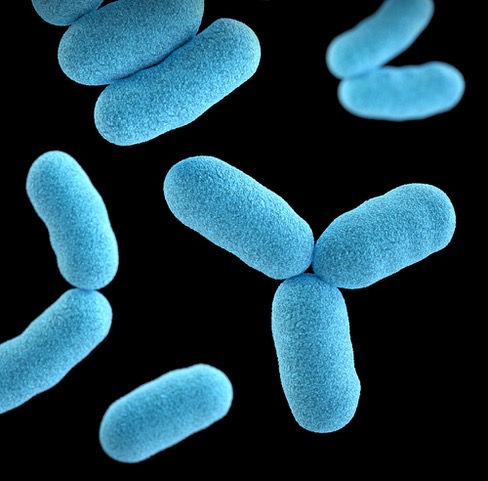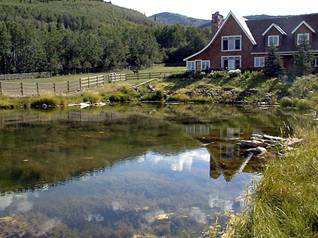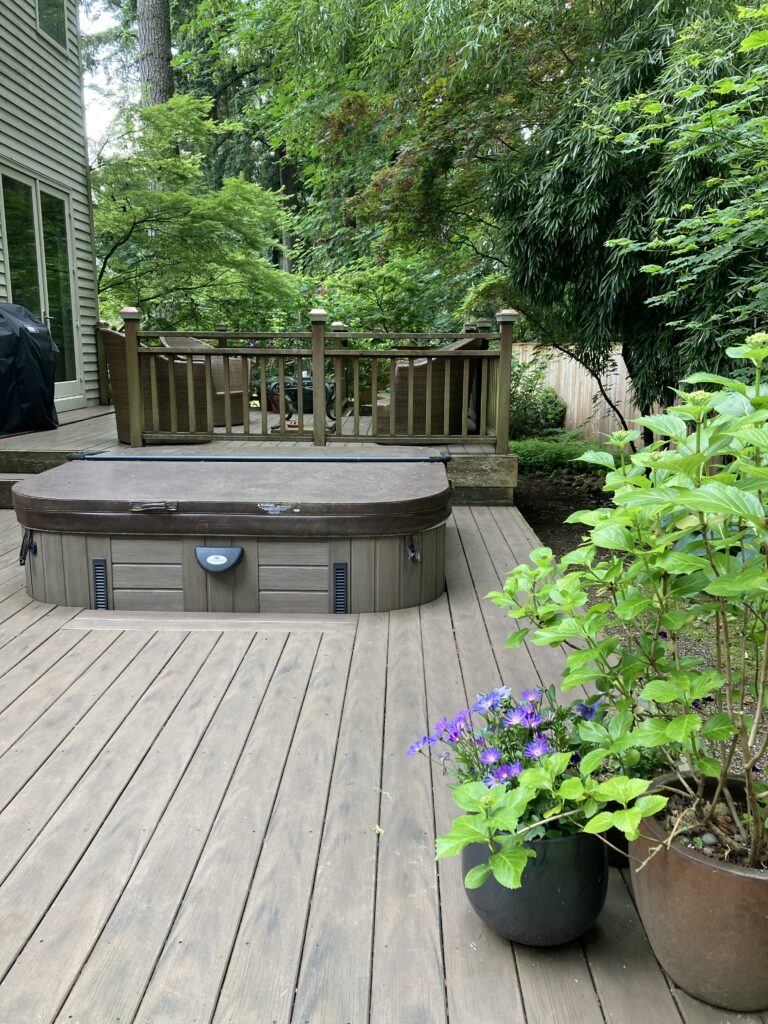
Ecologicaly Sound Products
Introduction
Bacteria existed on the earth long before we humans made it on the scene. They are nature’s best janitors cleaning up after all of the earth’s flora and fauna. For almost every known biodegradable substance on earth there is a bacterium that specializes in its breakdown. The substance to be broken down (degraded) is referred to as a substrate. Bacteria like humans are adaptable and will acclimate (adjust) themselves to almost any circumstances. This includes both food sources (substrate) and their environment.

What are bacteria?
Bacteria existed on the earth long before we humans made it on the scene. They are nature’s best janitors cleaning up after all of the earth’s flora and fauna. For almost every known biodegradable substance on earth there is a bacterium that specializes in its breakdown. The substance to be broken down (degraded) is referred to as a substrate. Bacteria like humans are adaptable and will acclimate (adjust) themselves to almost any circumstances. This includes both food sources (substrate) and their environment. Biodigesters are selected and placed in the correct situation to accelerate this natural process.

What is Aquaculture?
Aquaculture is the breeding, rearing, and harvesting of fish, shellfish, algae, and other organisms in all types of water environments
There are two main types of aquaculture—marine and freshwater. NOAA efforts primarily focus on marine aquaculture, which refers to farming species that live in the ocean and estuaries.
In the United States, marine aquaculture produces numerous species including oysters, clams, mussels, shrimp, seaweeds, and fish such as salmon, black sea bass, sablefish, yellowtail, and pompano. There are many ways to farm marine shellfish, including “seeding” small shellfish on the seafloor or by growing them in bottom or floating cages. Marine fish farming is typically done in net pens in the water or in tanks on land.
U.S. freshwater aquaculture produces species such as catfish and trout. Freshwater aquaculture primarily takes place in ponds or other manmade systems.
Of particular interest are ponds and water features, highly coveted by many around the world. These very often are propagated with Koi, Trout and other aquatic life. Biodigesters enhance the environment in many ways. Click here to learn more

Testimonials
Dear Bio
It was indeed a pleasure talking with you the other day. As I told you on the phone, my wife and I have been vegetarians and organic gardeners for about 40 years. We are avid fermenters (kefir, kimchi, and pickled everything from garlic to broccoli) for the last five or so.
We believe strongly in the ability of a healthy microbiome to make a huge difference in our health and well-being. So it made sense when, about 4 or so years ago, I discovered your biodigesters on the web and ordered a ½-pound jar. We have a 30 year old hot tub that we use every night, and that gets occasional visits from our grandkids.
Biological Safety
The responsibility for safety of biological products falls on the shoulders of the United States Food and Drug Administration (USFDA) and the Association of American Feed Control Officials (AAFCO).
Any company that produces biological products may elect to certify their products to use only those bacterial strains listed on the Generally Regarded as Safe (GRAS) listing authored by the FDA and/or the Association of American Feed Control Officials (AAFCO).
Many companies do not certify to this standard through lack of proof and/or adequate testing measures. Misrepresentation of this certification carries both civil and/or criminal penalties.
These regulatory agencies are the American consumer’s only assurance that a bacterial product is safe. All Bio-Future biological products are certified to use only bacterial organisms found on both, the GRAS and AAFCO lists.